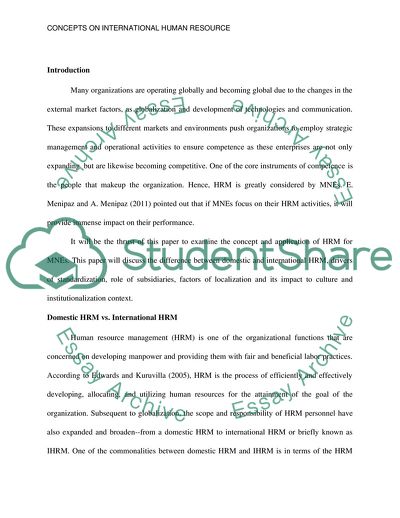Cite this document
(Concepts on International Human Resource Management for Corporations Literature review, n.d.)
Concepts on International Human Resource Management for Corporations Literature review. Retrieved from https://studentshare.org/human-resources/1833747-hrm-in-an-mne
Concepts on International Human Resource Management for Corporations Literature review. Retrieved from https://studentshare.org/human-resources/1833747-hrm-in-an-mne
(Concepts on International Human Resource Management for Corporations Literature Review)
Concepts on International Human Resource Management for Corporations Literature Review. https://studentshare.org/human-resources/1833747-hrm-in-an-mne.
Concepts on International Human Resource Management for Corporations Literature Review. https://studentshare.org/human-resources/1833747-hrm-in-an-mne.
“Concepts on International Human Resource Management for Corporations Literature Review”, n.d. https://studentshare.org/human-resources/1833747-hrm-in-an-mne.


